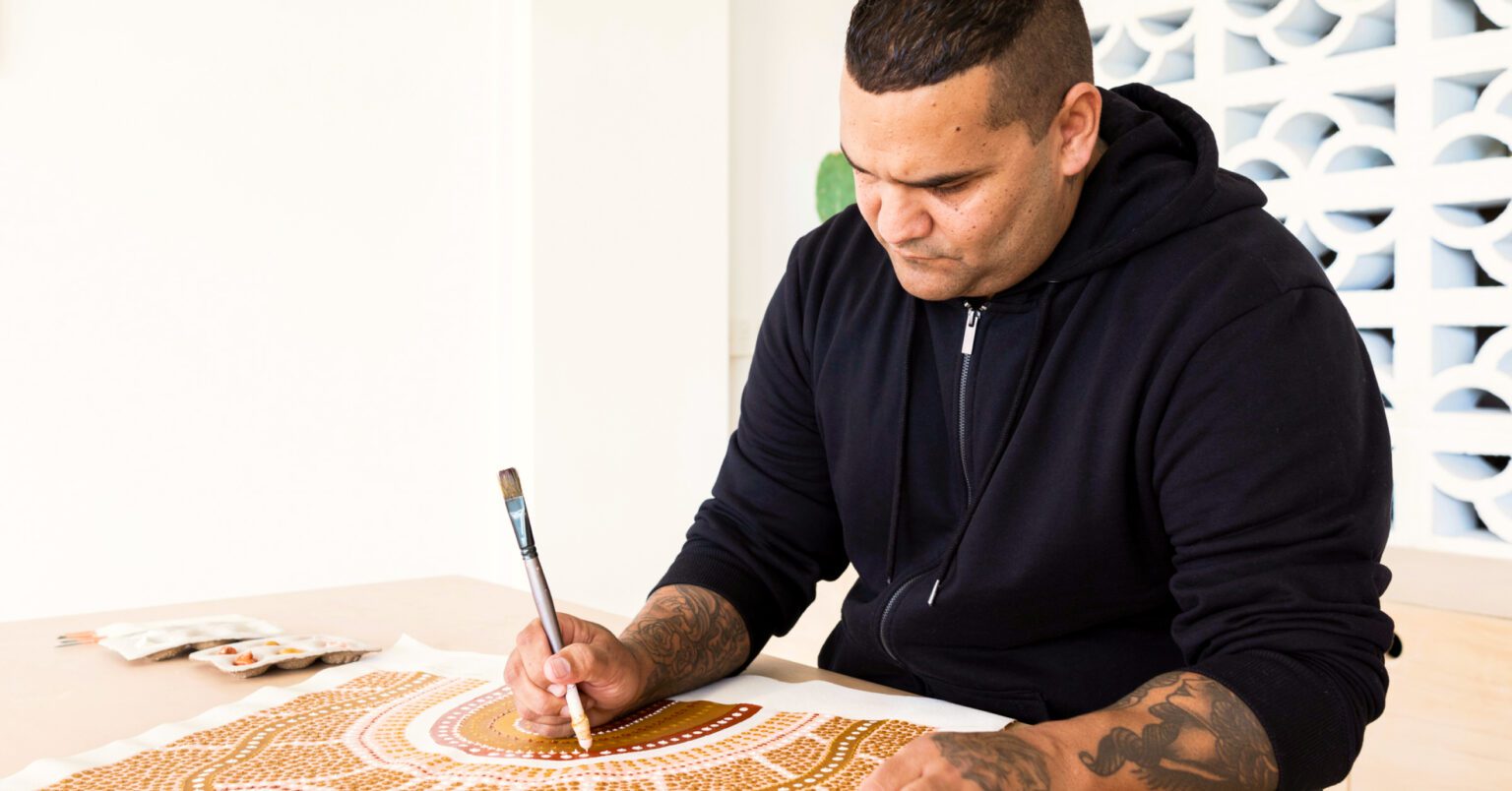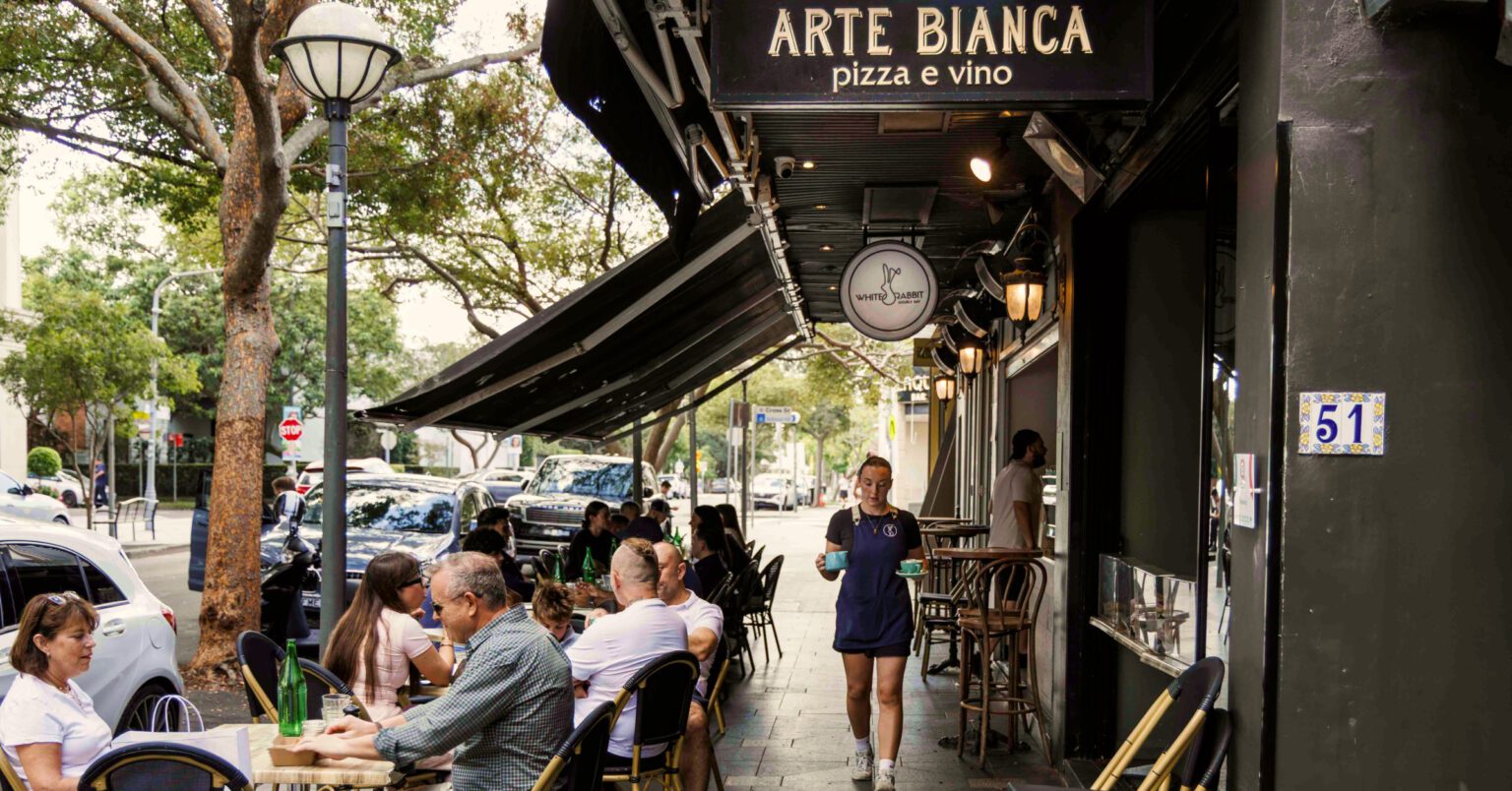Businesses that thrive post-COVID-19 will be those that are strategic in the short-term, according to experts. Here’s how you can help seize marketing opportunities and grow your brand during uncertain times.
At a glance
Here's a snapshot of the advice from our interviewees:
- Find the right balance between product promotion and brand awareness.
- Broadcast your message on channels with a wide reach and take advantage of low media prices.
- Emphasise your brand’s niche, and keep your messages clear and consistent.
- Make sure what you have to say/offer is practical, useful and genuine.
It’s natural to want to cut costs during a recession – the very survival of your business could depend on it. But it’s important to be strategic about the cuts you make, as well as looking out for smart investment opportunities.
For example, experts say there’s no better time than now to invest in small business marketing. Doing this could mean your business not only pulls through this pandemic-fuelled recession, but comes out of it even stronger. Read on to find out how it’s done.
Strike the right balance between brand and product promotion
Robert Brittain, marketing consultant and co-author of a recent report Winning or Losing in a Recession, says brands need to figure out the demand for their product and adapt their marketing strategy accordingly.
“The normal recommended balance is about a 60% focus on future demand and 40% on current demand,” says Brittain.
What does this look like in a practical sense? Well, a future-focused marketing strategy (brand building) could focus on telling your business’s story to draw in new customers. You might do this through content creation, for example, or building a community on social media.
Current demand, sometimes referred to as ‘activation’, focuses more on short-term wins – running a promotion to sell a new product, for example.
“If you have increased demand now, you should spend a greater proportion of your budget converting that demand into sales. But if demand is down, you need to tilt your focus [towards brand building] as you could be wasting money promoting products that people aren’t looking to buy.”
In his report, Brittain and his co-author Peter Field, say despite overwhelming evidence that investing in brand building works, most businesses only allocate 50% of their marketing budget towards it. So, they say, “there is little point in cutting brand building further unless business survival depends on it”.
Sydney’s Sample Coffee, which operates a coffee roastery and two cafes, has experienced a mixed impact on demand for its products and services in recent months.
“We had to close our cafes earlier this year [due to COVID-19],” says owner Reuben Mardan. “But on the roastery side, our sales soared as more people were brewing from home.”
Sample Coffee adapted to this demand by making its coffee subscription service more frequent and opening up its entire coffee range to one-off buyers. Mardan opted to maintain their marketing budget during the tougher months so they could preserve their brand’s presence in the market when things picked up.
Increasing engagement on social media
As many other brands have done, Sample Coffee has lent heavily on cost-effective social media marketing during the crisis, but tweaked its approach to enhance audience engagement.
“Our social media approach is even more informative and transparent than it was before. We spend a lot of time talking about what’s happening behind the scenes in our roastery or shops and how we’re coping with COVID-19,” says Mardan.
“We did things like host an online brewing competition, where people sent in recipes which were judged by our coffee roaster and a couple of guests, including a writer from Gourmet Traveller who promoted the competition on her Instagram. We’re all about brewing from home, so this fit in with our brand purpose in an engaging way.”
Choosing the right marketing channels
When choosing marketing channels to promote your brand, Brittain says it’s all about identifying the media where your target market will be consuming, with the broadest reach you can afford.
If you’re jumping on a fleeting trend that has broad appeal, investing in social media might be your best bet. However, radio spots, for example, can be effective if you’re seeking a targeted audience – say, you’re a Tasmanian-based accountant looking to increase your client list.
Sample Coffee primarily uses Instagram to promote itself to its 8,212 followers. Mardan also lets their community-focused initiatives do the talking via PR. During economically tough times, he says gaining word-of-mouth marketing is invaluable.
“We started a service called ‘Sample Staples’ earlier this year where people could pick up essentials like eggs and milk with their coffee to avoid big supermarkets where they might face empty shelves and possible exposure to COVID-19,” says Mardan.
“We did a bit of active PR around this and it was picked up by TimeOut and Concrete Playground.”
If you’re taking the paid advertising route, you want to stretch your budget as far as possible to capture as many potential customers as you can, says Brittain. For example, instead of running a campaign constantly for a month, space out your ads so you’re drip-feeding them over time. This means you could convert four weeks of spend into 12.
Promote your brand’s point of difference
When increasing your brand awareness, Brittain says you should talk about your business by emphasising what makes it unique.
As a B Corporation, a key focus for Sample Coffee is sustainability. They have found a way to demonstrate that ethos in the current climate.
“We put a cup-swap system in place, which we promoted through our cafes and on Instagram. In March, we stopped accepting BYO cups because of concerns they might contribute to the spread of COVID-19,” says Mardan.
“However, when people borrow Returnr cups from us we give them a fresh one when they come back in. This helps us keep the community safe in a sustainable way and people have responded really well to it.”
Brittain’s final tips for marketing during the coronavirus recession
- Be consistent with your messaging – when COVID-19 first struck, a lot of businesses put out statements that didn’t align with their brand. “Messages like ‘we’re still here for you’ did nothing to build on what these brands previously stood for. If you’ve got something to say, make sure it’s useful and genuine.”
- Make the most of cheaper advertising rates – media prices are often lower now, due to lower demand. So, small business owners who previously mightn’t have been able to afford paid media channels could find a good deal in this climate.
- Don’t pull the plug too early – businesses that didn’t invest in marketing during the Global Financial Crisis often saw their brand’s share of voice (how much of the conversation they were dominating compared to competitors) slip in the market.








